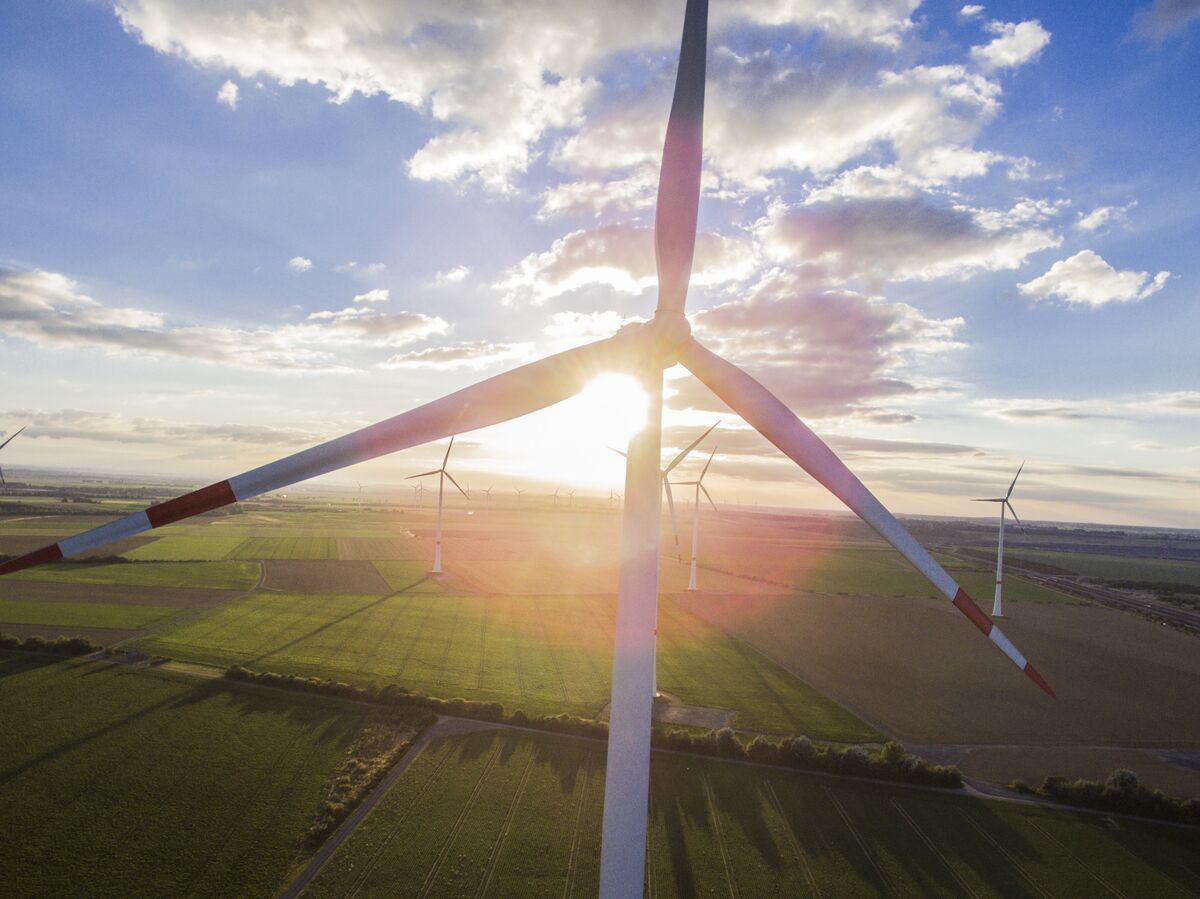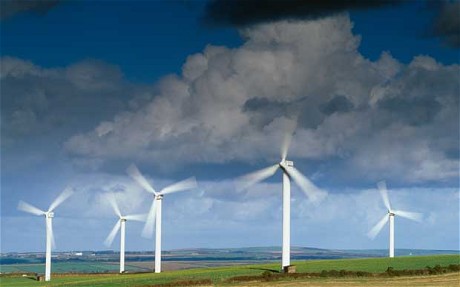Grumblenuts
Gold Member
- Oct 16, 2017
- 14,467
- 4,816
- 210
Well, the problem is that he's repeatedly denied it being a "perpetual motion" device while clearly indicating his intent for it to be a prime mover. A machine that generates electrical power in this case. We can presume that he'll require electricity to compress / pump the air driving his contraption since he has yet to propose any other method. So he needs to figure out and explain exactly how the environment is helping to run this thing or admit that it's just been a dumb idea from day one.
Tidal generators leverage environmental energy from the Moon's gravity. They are "perpetual motion" machines of a sort, like windmills and solar panels. Prime movers requiring no "fuel." But being inherently intermittent makes them most useful periodically and all require some maintenance. The tidal stuff has proven particularly difficult to maintain due to constant movement of sediment by the ton daily. A very tough thing to design around.
Tidal generators leverage environmental energy from the Moon's gravity. They are "perpetual motion" machines of a sort, like windmills and solar panels. Prime movers requiring no "fuel." But being inherently intermittent makes them most useful periodically and all require some maintenance. The tidal stuff has proven particularly difficult to maintain due to constant movement of sediment by the ton daily. A very tough thing to design around.





